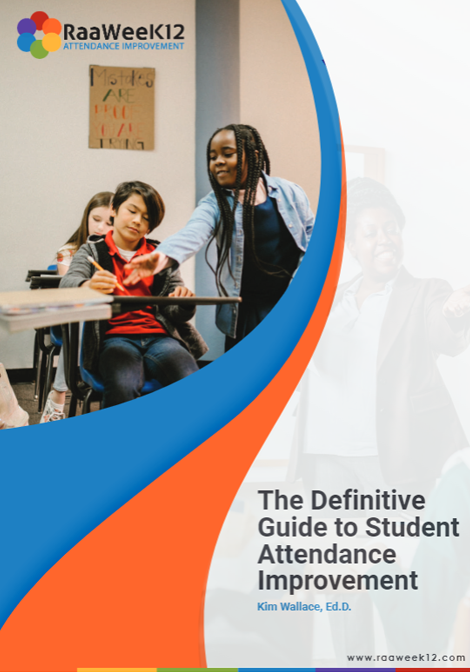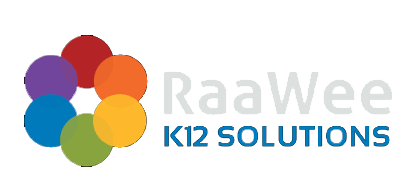Guide to Attendance Improvement
School and district leaders are called upon to handle many diverse duties throughout their days, months, and year. It’s easy to feel like, “we don’t have time to plan” amidst the immediate concerns clamoring for our attention. But failing to plan results in minor missteps at best, and major problems at worst. That’s why putting time in on the front end will help prepare leaders to face unexpected challenges and avert serious complications later on. Attendance planning is no exception. It must be embedded within and aligned to other comprehensive plans in the district to be successful. The Definitive Guide to Student Attendance Improvement has taken a lot of the guesswork out of the planning process for you. It contains three quick-to-read sections with several reproducible activities that are easily customizable to your own setting. All you have to do is pull together your team and get started!
Challenges of Chronic Absenteeism
Student attendance, on the surface, may appear to be clear-cut and straightforward in that it’s undeniable that tardies and absences have a significant impact on a child’s academic outcomes. If students are not present in class on time and ready to learn, then falling behind is a real likelihood. But that’s not all. Frequent absenteeism or chronically missing school has further-reaching effects on a young person’s well-being, and the causes need to be diagnosed individually to get at the root of the problem, and for educators and families to appropriately intervene.
While it is important to closely track attendance and re-engage students whose absences are escalating, it is equally important to understand the reasons before applying remedies. Quite often, student and families are unaware of the varied resources a school may offer to make it easier for them to attend school regularly. Schools and districts have to be highly proactive and hands-on in uncovering the origins of poor attendance behaviors. This will help the district team to quickly allocate the appropriate resources for the student to help them overcome the challenges they are encountering.
Building Absenteeism Intervention Plans
Mechanisms should be in place to ensure that students are quickly connected with available resources. After that, processes for tracking the outcome and following up after the resources have been applied must also be incorporated. It is essential that intervention plans are in place for preventing truancy, reducing excessive excused absences, preventing chronic absenteeism, discouraging excessive tardies, and tracking course or period attendance. These plans drive how and when an intervention will be triggered for students and how the campuses will document them. Consistency in intervention provisioning and centralization of data ensure quick assistance and allocation of resources to every student who may be struggling with attending school regularly.
Student attendance is the collective responsibility of all district stakeholders. The best curriculum in the world isn’t effective if students are often missing from school. Therefore, new practices and processes must be adopted so that student attendance is of equal importance to the best teaching and learning environments. The key to a successful plan is when leaders take ownership in changing their schools’ culture. In the following sections, we will demonstrate multi-faceted ways that districts can structure their own Attendance Action Plans most suitable to their localized needs. Using this guide will equip attendance support teams with the elements they need for developing an actionable plan for implementation.

About the Author
Dr. Kim Wallace is a professional educational consultant with Process Makes Perfect. She started her career in public education 27 years ago as a high school instructor before going into site and district administration. She most recently served as the superintendent of a large San Francisco Bay Area district. Kim consults, writes, and presents on the topics of leadership, curriculum and instruction, policy and protocol, and future trends in education.





